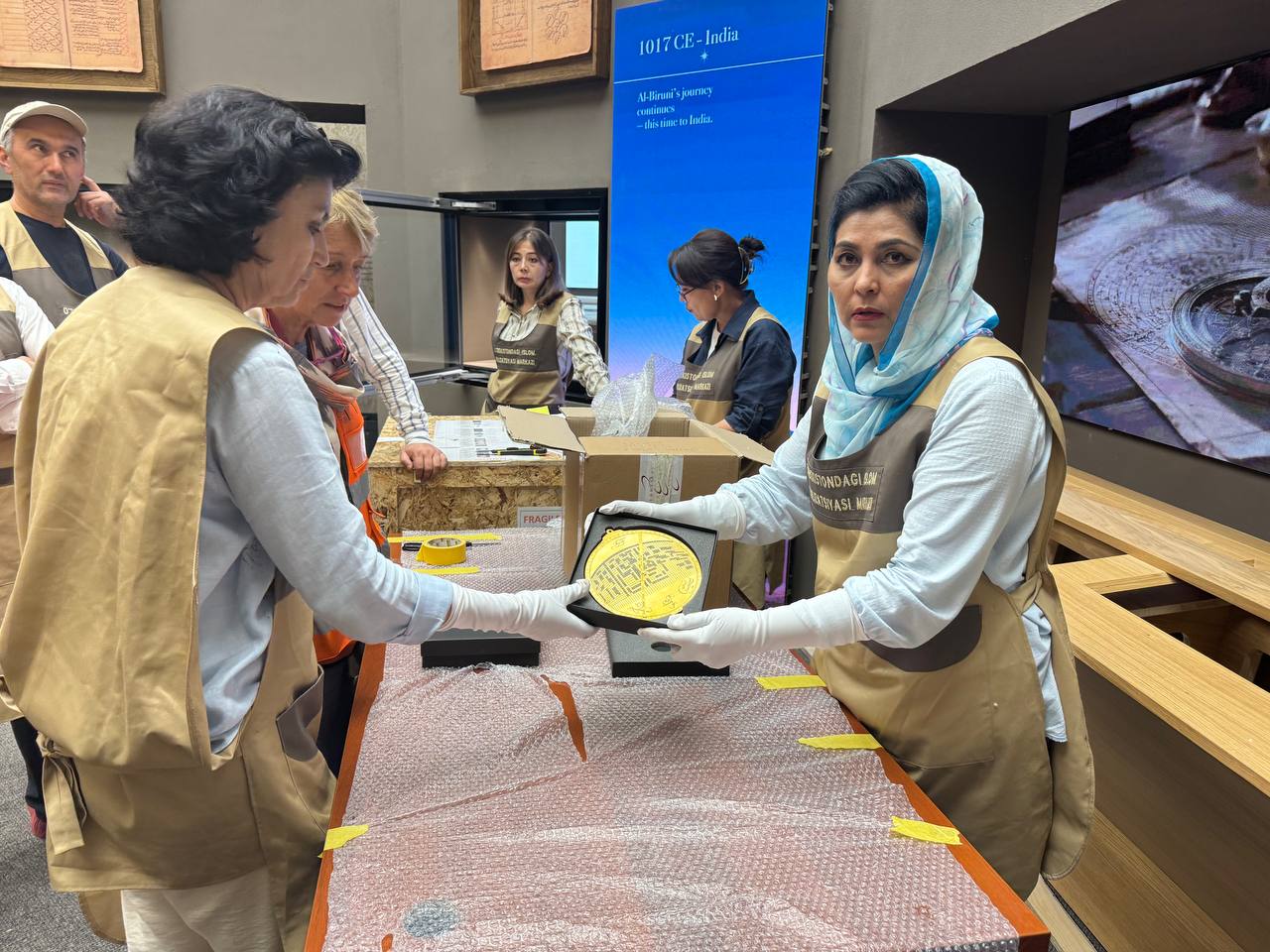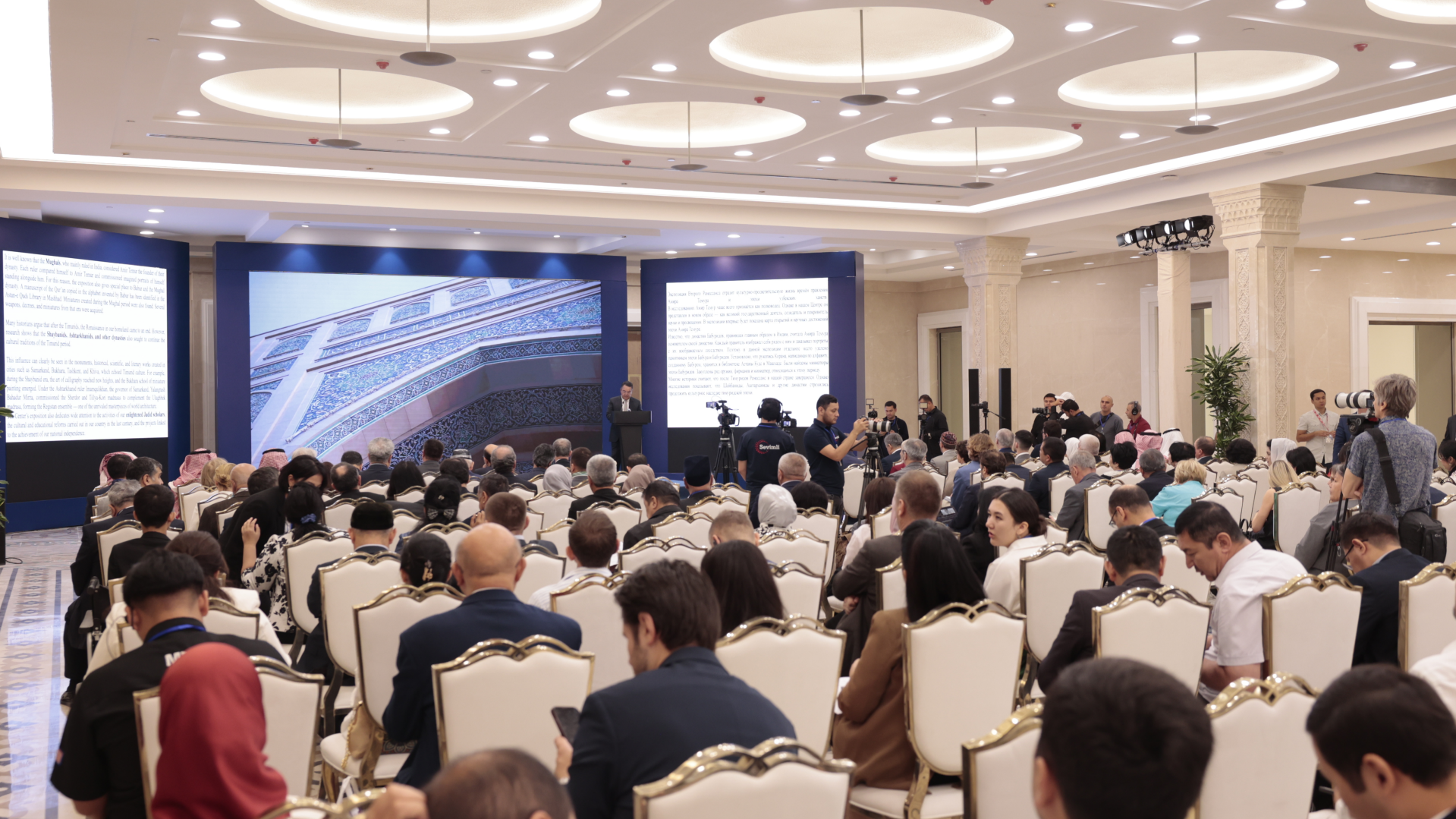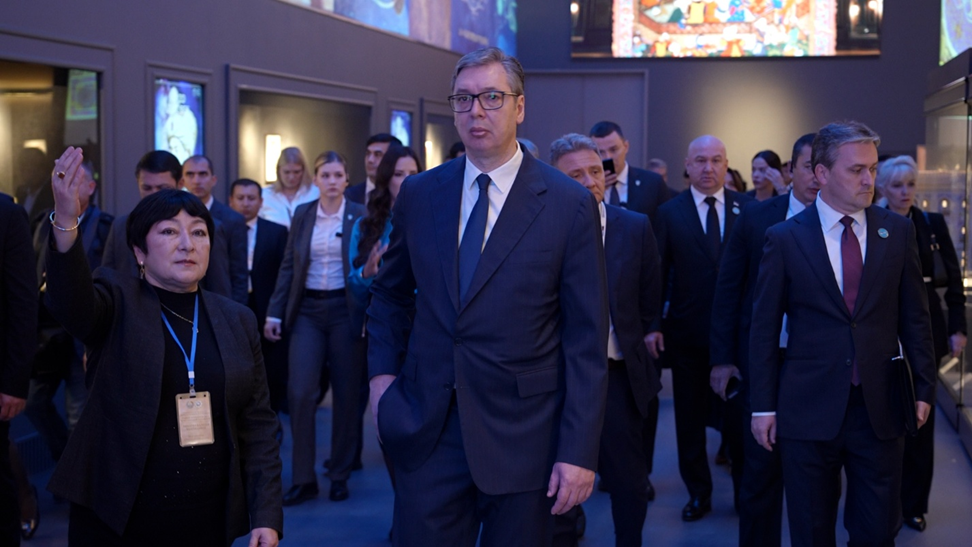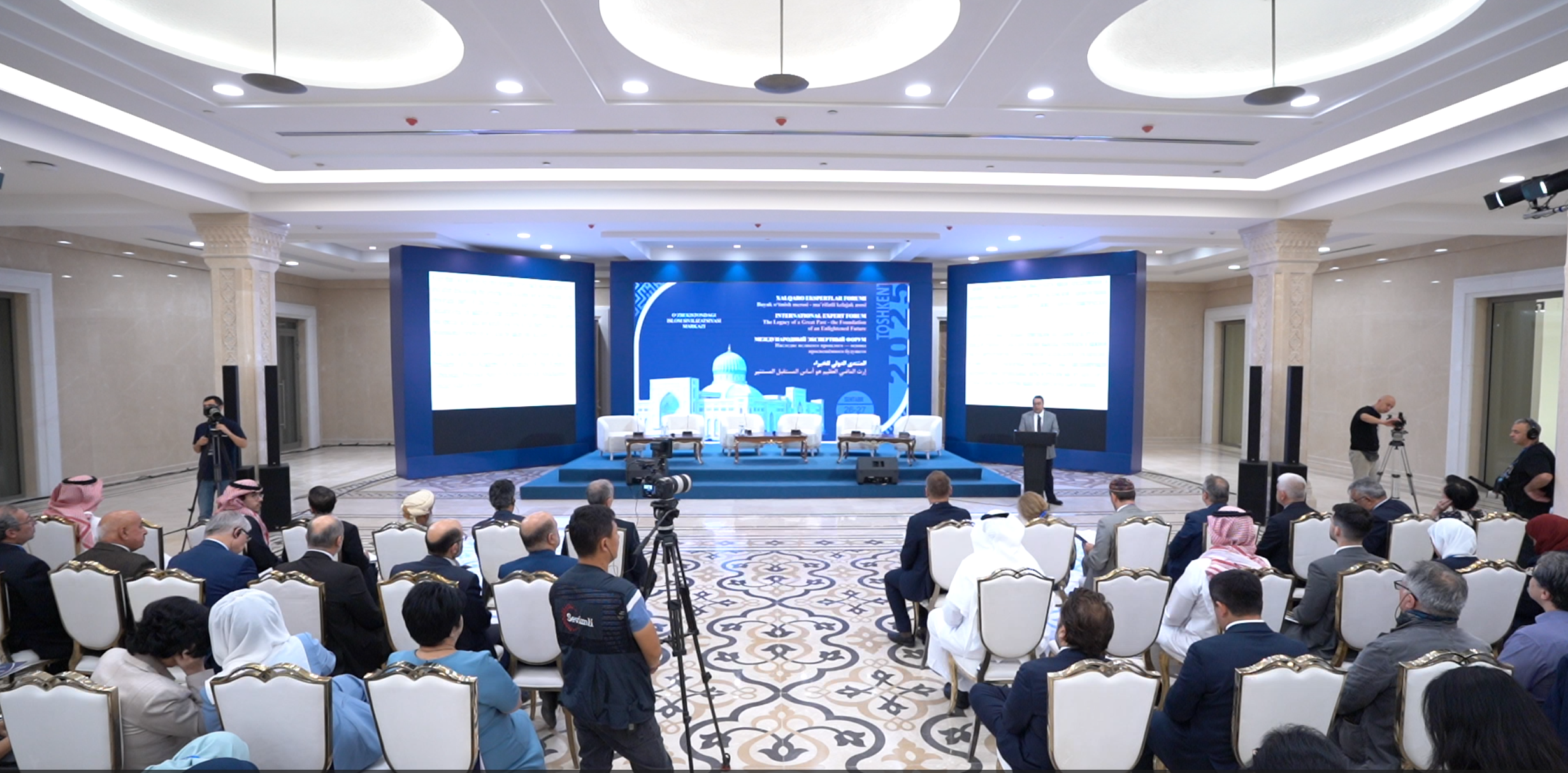Do you know how Europe was inspired by Al-Farghani?
🔴 Rare instruments brought from the Netherlands: would you like to see the scientific and artistic treasures?
🔴 What are the foundations of Islamic science and Central Asia’s place on the world stage?

The Center of Islamic Civilization in Uzbekistan is becoming a modern institution that embodies not only national heritage but also the scientific and cultural wealth of the entire Islamic world. Here, history is presented in harmony with science, technology, and artistic aesthetics.
To further enrich its scientific exhibitions, the Center recently brought two unique instruments from the Netherlands – a Qibla indicator and an astrolabe. These exhibits are practical examples of important discoveries in Islamic science and carry not only historical but also great scientific and aesthetic value.
“These instruments are material symbols of tremendous achievements in astronomy, geography, and mathematics, reflecting the role of Central Asian scholars in world science”, says Dr. Fakhriddin Ibragimov, PhD in History.
Determining the Qibla direction has been a highly important practical matter in Islam. The Qibla indicator currently on display is inspired by instruments created in Isfahan in the 17th–18th centuries. Its scientific foundation is based on the retro-azimuthal projection developed by al-Biruni.
The instrument contains the coordinates of more than 100 cities, most of which were selected according to geographical lists compiled in Central Asia in the 15th century. With a diameter of 18 cm, its harmony of decoration and geometry elevates it from a practical tool into a true work of art.
The astrolabe is one of the oldest and most complex astronomical instruments in human history. Although its early elements date back to the 2nd century BC, its perfected form was created by Islamic scholars in the 9th century.
Ahmad al-Farghani was among the scholars who advanced the theory of the astrolabe. He not only developed construction principles but also provided numerical tables based on mathematics. As a result, the construction of European astrolabes was based precisely on his scientific legacy.
The astrolabe displayed at the Center of Islamic Civilization is inspired by the 1555 design of Michael Piquer in the city of Leuven. In addition to the symbols of traditional Arabic astrolabes, it also incorporates modern functions. The instrument has a diameter of 18 cm.
The Qibla indicator and the astrolabe revive not only historical achievements but also scientific traditions that remain relevant today. Their exhibition at the Center of Islamic Civilization is an important step in familiarizing the younger generation with our scientific heritage.
Most read

Over 100 experts from more than 20 countries of the world are in Tashkent!

President of Serbia Aleksandar Vučić visited the Islamic Civilization Center in Uzbekistan

The Center for Islamic Civilization – a global platform leading towards enlightenment











